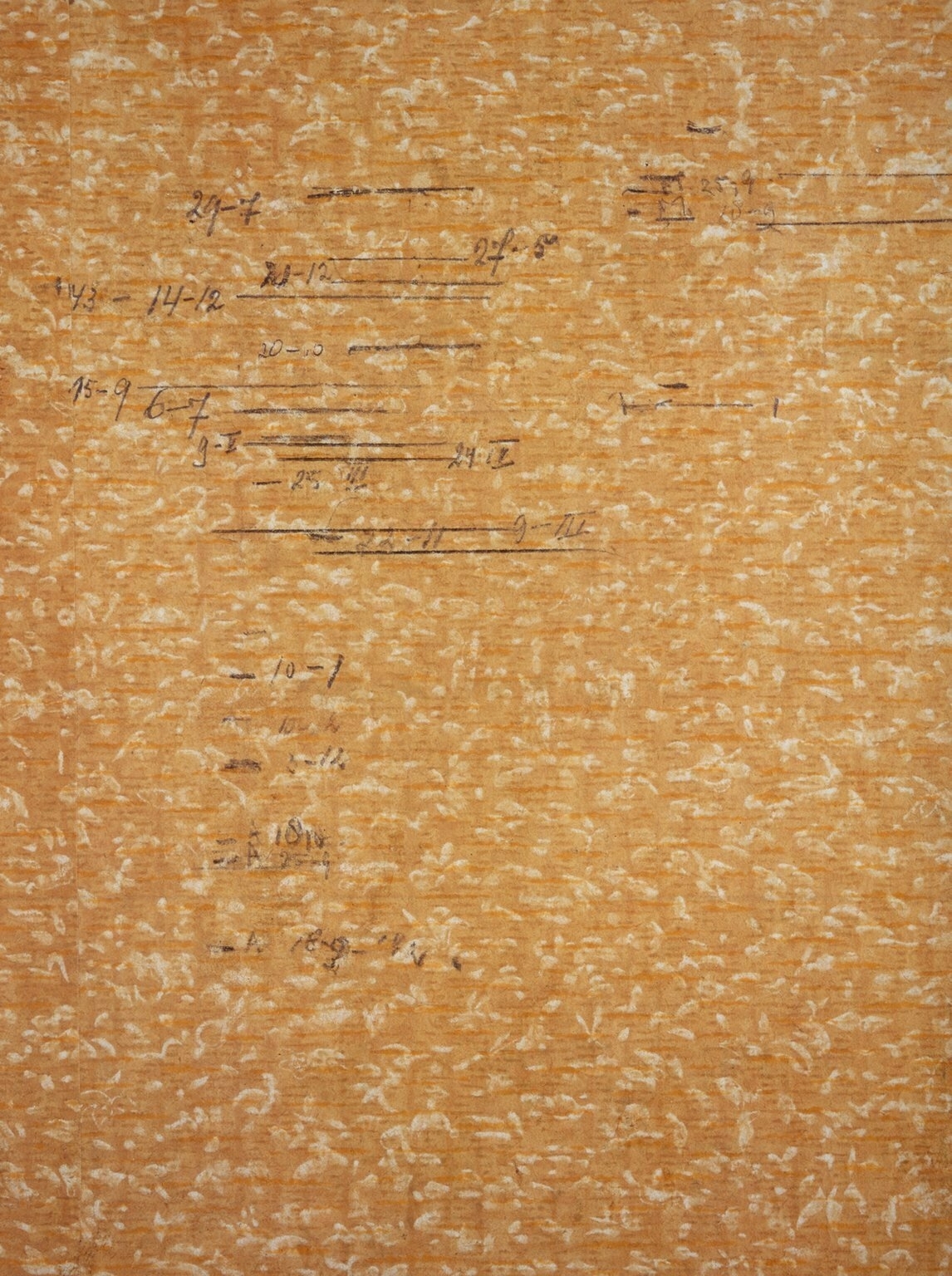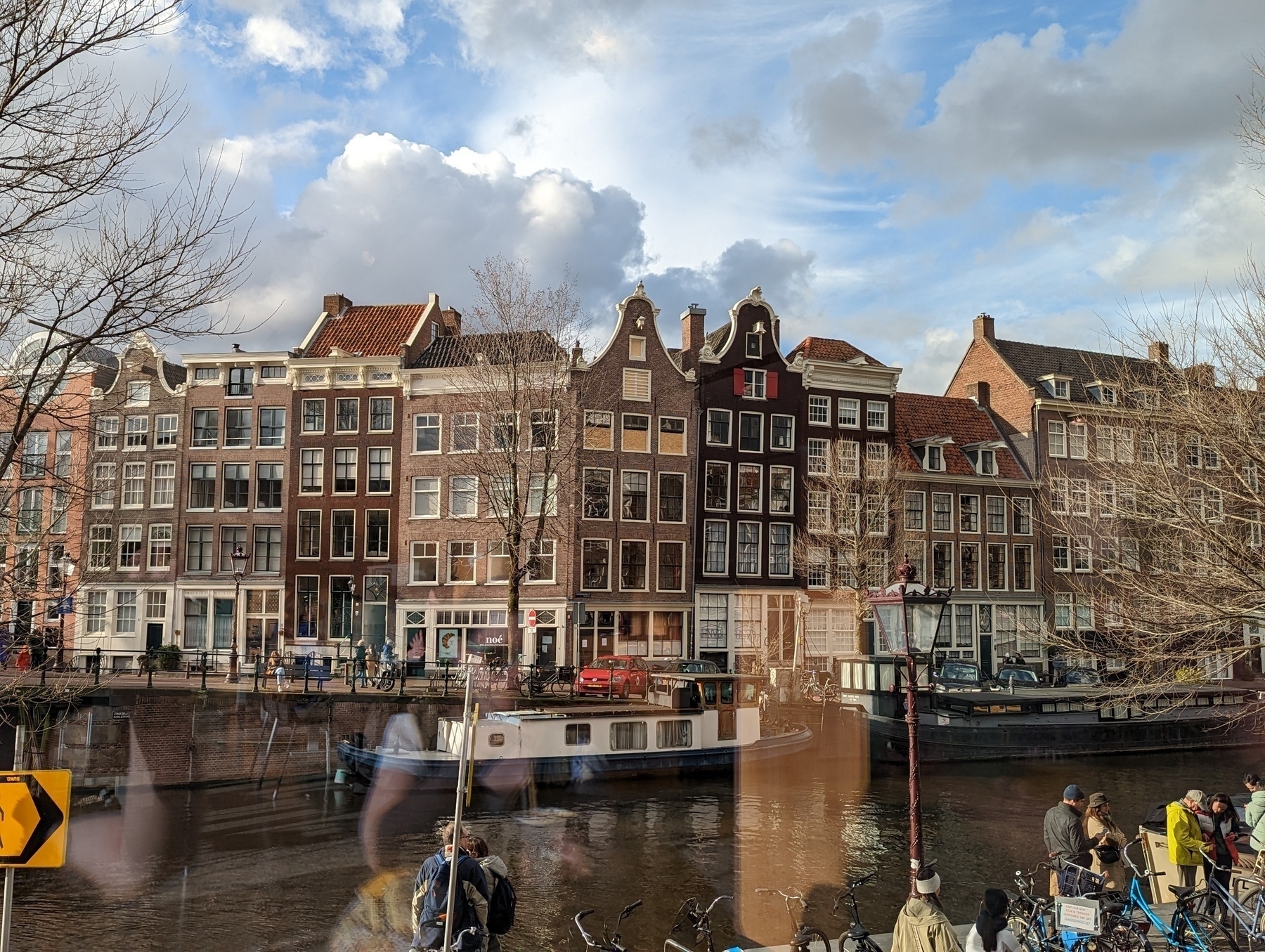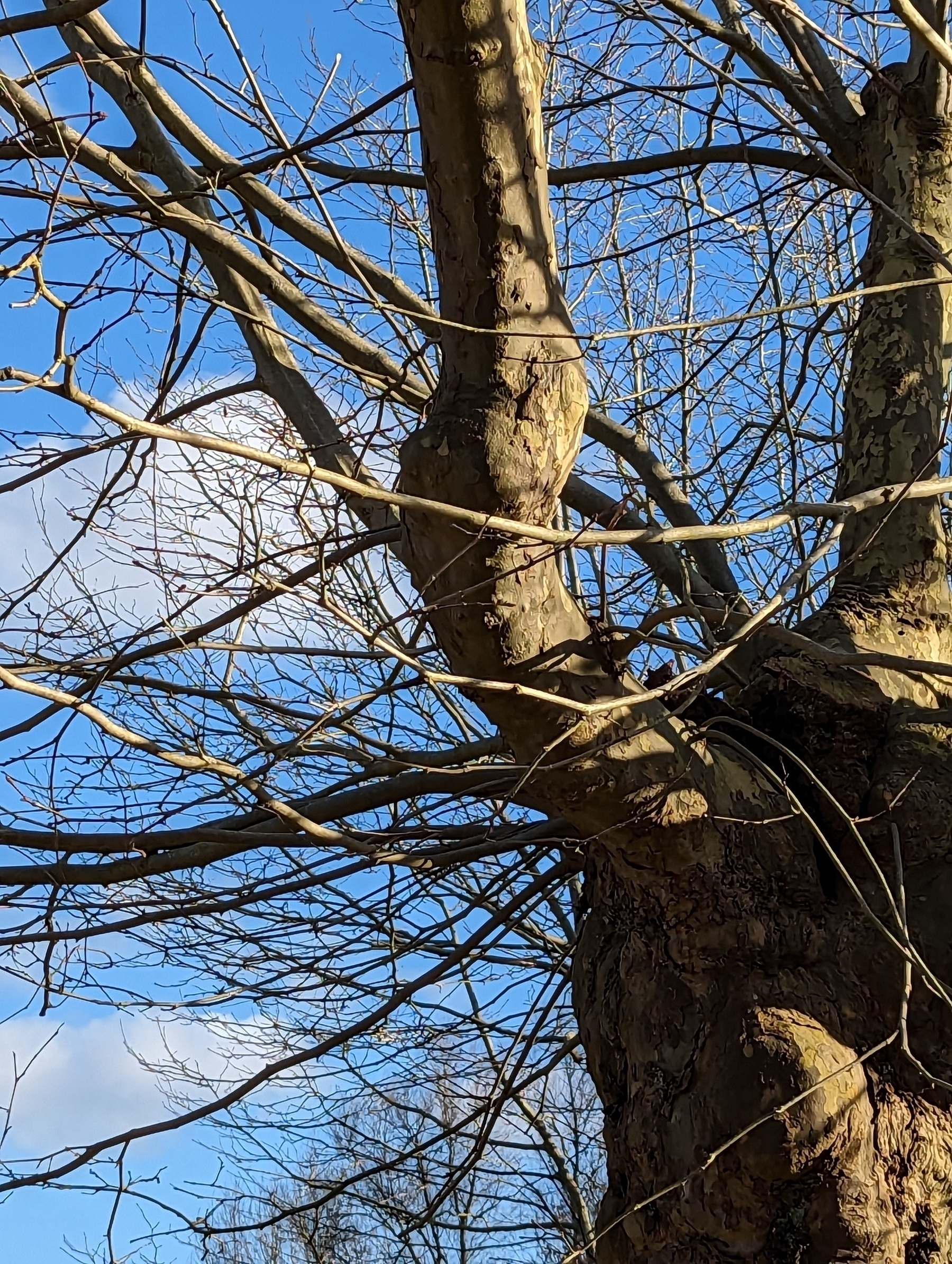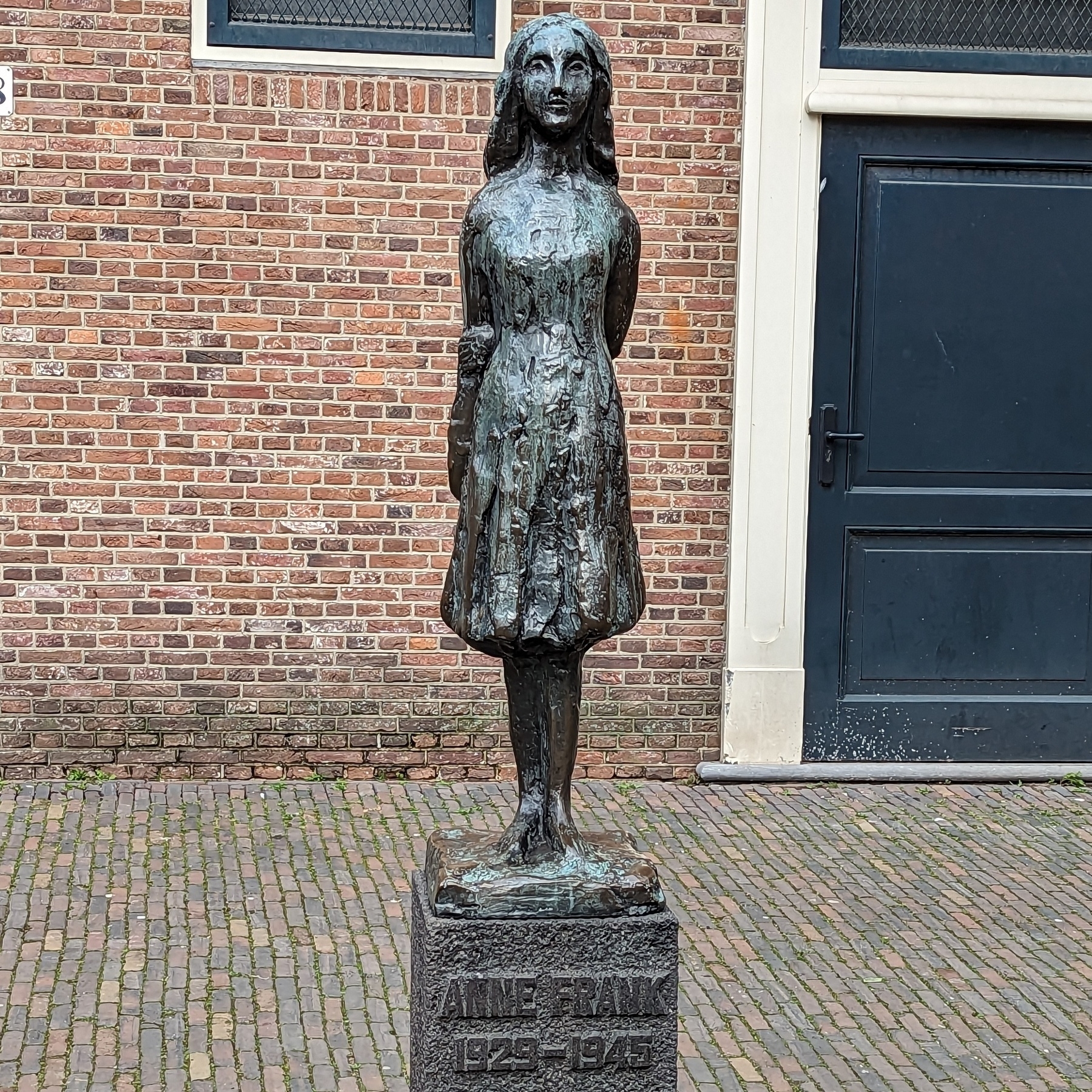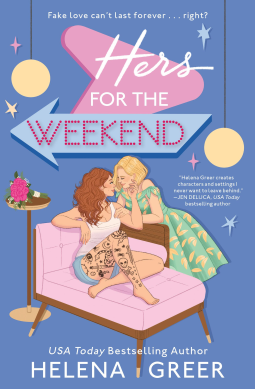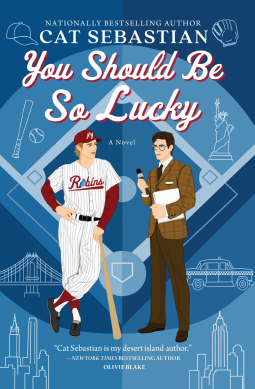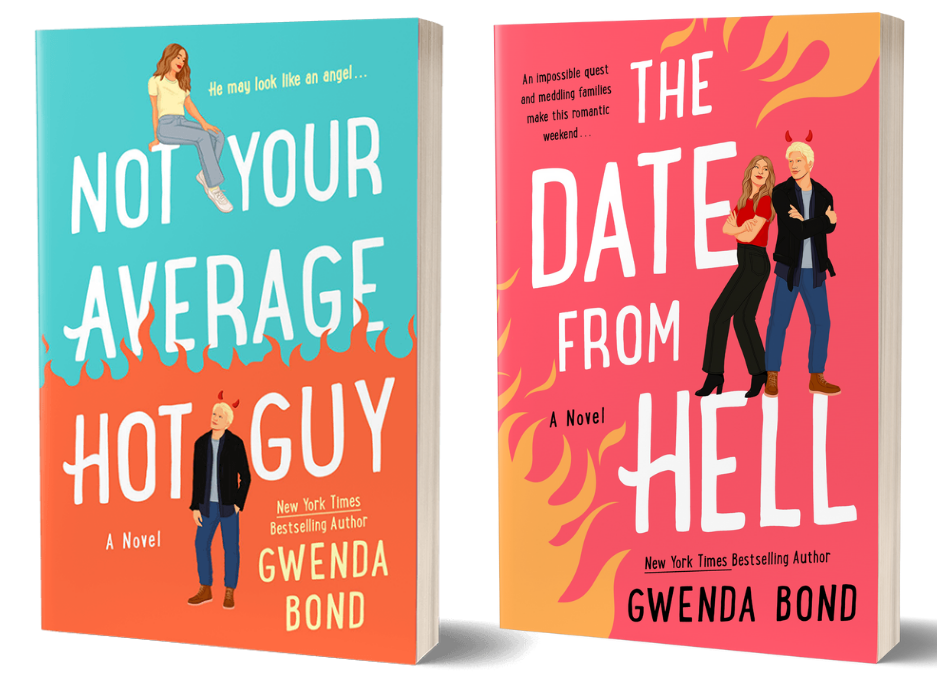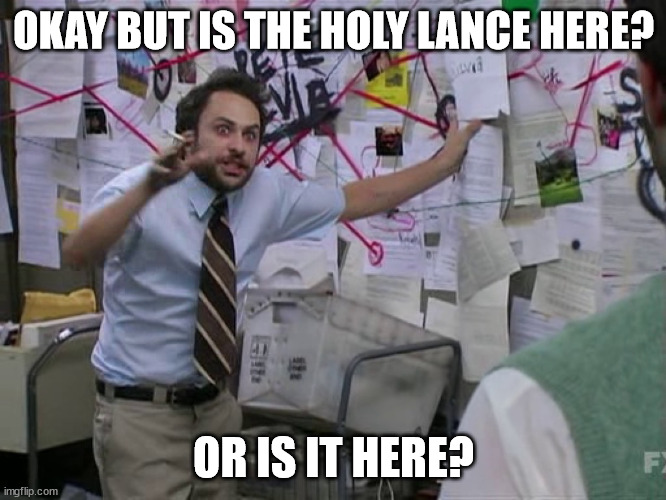
Hungry Bones by Louise Hung is a spooky middle grade novel about a 13 year old girl who learns there’s a ghost in her new house. Here’s the publisher’s description:
A chilling middle grade novel about a girl haunted by a hungry ghost.
Molly Teng sees things no one else can.> By touching the belongings of people who have died, she gets brief glimpses into the lives they lived. Sometimes the “zaps” are funny or random, but often they leave her feeling sad, drained, and lonely.
The last thing Jade remembers from life is dying. That was over one hundred years ago. Ever since then she’s been trapped in the same house watching people move in and out. She’s a ‘hungry ghost’ reliant on the livings’ food scraps to survive. To most people she is only a shadow, a ghost story, a superstition.
Molly is not most people. When she moves into Jade’s house, nothing will ever be the same—for either of them. After over a century alone, Jade might finally have someone who can help her uncover the secrets of her past, and maybe even find a way out of the house—before her hunger destroys them both.
I requested this book from NetGalley for two reasons. First, I’m familiar with Louise Hung from her work with The Order of the Good Death, as producer of Ask a Mortician, and as one of the hosts of Death in the Afternoon. I was excited to see she’d written a book. Second, the kids at work always want more scary books and I thought it would be good to see if we might want to order this one. (Spoiler: We will.)
What I loved
My favorite thing about this book is what makes it so unique and a story unique to Louise Hung: it is steeped in Chinese beliefs about ghosts, the experience of being Chinese American, and the way shared culture can help us build found family. Molly’s mom, Dot, has hauled her all over the country in an attempt to protect Molly from social consequences of her spooky abilities. But often this has meant Molly has been the only Chinese kid at school, and almost always it means she’s not in one place long enough to make friends. When they move to Buckeye Creek, Texas, Molly expects it will be the same. But it’s not the same, because this time instead of just seeing zaps of dead people’s lives, Molly meets a ghost who, like her, is Chinese American. Jade has been haunting this house for well over 100 years, and Molly is the first person who’s lived in it that looks like her. This understandably means so much to Jade. Together, they work to figure out how to help Jade learn about her past and help Molly settle into a place she doesn’t want to be her future.
Molly and her mom befriend Hazel and Rose Loh, sisters who own a Chinese barbecue restaurant. The restaurant is situated in International Village, a strip mall where most of the businesses are owned by immigrants from all over the world or their descendants. The connection with the Loh sisters expands Molly’s circle and helps her see that maybe Buckeye Creek will be different from all the places she’s lived before.
One of the key roles the Loh sisters play in Molly’s life is as mentors who share with her the history of Chinese migrants that is usually left out of America’s dominant westward expansion narrative. As many as 20,000 Chinese migrants worked to build America’s First Transcontinental Railroad, working in poor conditions for low pay and often dying due to the dangerous nature of the work. The Loh sisters tell Molly that not long after the railroad was finished, Congress passed the Chinese Exclusion Act, banning Chinese migrants from immigrating to the United States and limiting the movement of Chinese migrants and Chinese American people who were already in the U.S.All of this history comes in through the narration of individuals’ experiences, so that rather than feeling like a history lecture it’s grounded in empathy. (See the Publisher’s Weekly review of Hungry Bones for more on this.)
The Loh sisters’ restaurant is also the site of the strongest incident in the book that demonstrates how this history of racism against Chinese people echoes into today and gives Molly an opportunity to shine as she stands up for her found family.
Louise wrote a post for Teen Librarian Toolbox about her experiences being “the Asian kid” and writing her story then and now. I highly recommend it. She also wrote a piece for The Order of the Good Death about hungry ghosts, the Chinese spiritual belief at the foundation of the supernatural elements in Hungry Bones.
What I wanted more of
The pacing at the start of the book took a little while for me to settle into, and I would have been happy for it to be scarier sooner. That said, I think the atmospheric build as written works if you know that’s what you’re walking into. The book is mostly spooky and only slightly scary; Jade herself is not a scary ghost, but the hungry monster within her can be truly terrifying.
What I need to warn you about
As you may have guessed from the part where I talked about what I loved, the book does not shy away from depicting racism, including horrible treatment of Chinese American domestic workers. It also depicts illness (I think tuberculosis?) in some detail.
As I said, I’ll be ordering this for our school library. I expect it to have a long hold list once one kid gets ahold of it and starts telling others about it.
Bonus: If you join the Order of the Good Death at the Tier Two Member level, you can participate in Mortal Media Club. Louise will be speaking on October 24th. The event is titled “Hungry Ghost Month: When it’s Time to Feed Your Dead.” (I’m a member but that’s my only vested interest in the organization.)
Book: Hungry Bones
Author: Louise Hung
Publisher: Scholastic
Publication Date: October 1, 2024
Pages: 336
Age Range: Middle Grade
Source of Book: ARC via NetGalley


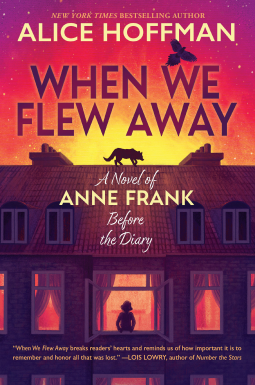 When We Flew Away by Alice Hoffman is a middle grade novel that imagines what Anne Frank’s life might have been like before she had to move to the attic of her father’s office building. Here’s the publisher’s description:
When We Flew Away by Alice Hoffman is a middle grade novel that imagines what Anne Frank’s life might have been like before she had to move to the attic of her father’s office building. Here’s the publisher’s description: